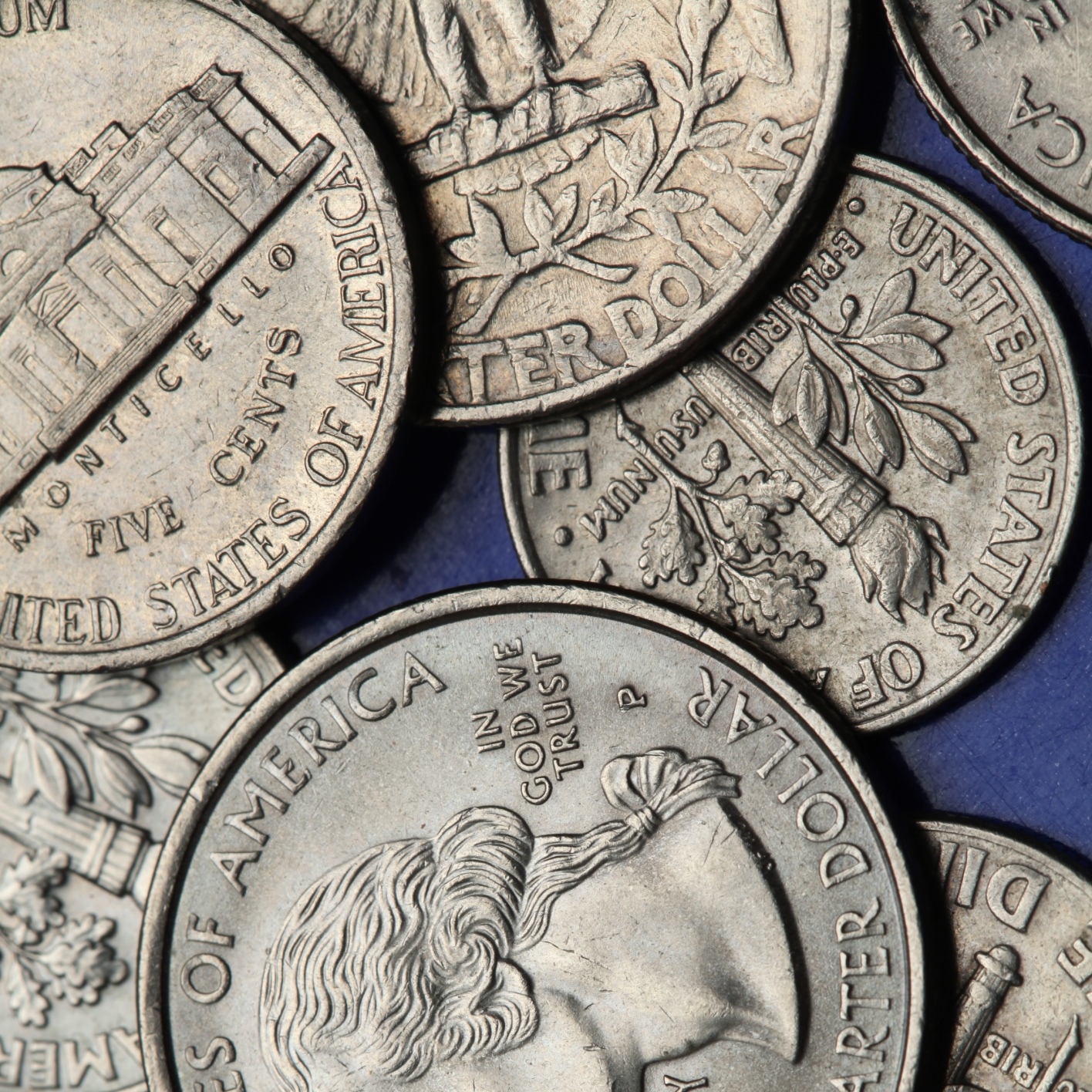Media
Labor Day Specials: Boston Globe $0.99 a Week, Chicago Tribune $0.39 a Week

Published:
Last Updated:

As newspapers try to increase paid subscribers and put a great deal of their content behind paywalls, they have resorted to car dealership tactics. Buy over Labor Day weekend, or lose the deal altogether. The Boston Globe and Tronc Inc. (NASDAQ: TRNC) property Chicago Tribune have each decided to employ the tactic.
In the case of the Chicago Tribune, the offer ends September 6. The Boston Globe’s expires September 5. Both are characterized as end-of-summer sales, and both are designed to bring in a great deal more money later in the year.
The Globe offer is 99 cents a week for the first eight weeks — for digital access only. It is 75% off of … something. The Chicago Tribune “Labor Day Sale” is less than 38 cents a week, or $4.99 for the first three months. The price then jumps to $1.99 a week for unlimited digital access.
The offers resemble old-time direct mail deals. The initial offer brings in a number of people. The increase in price eliminates some of those. The higher price, however, is very lucrative, even after some subscribers are gone.
This is an earlier 24/7 Wall St. analysis of the practices “Newspaper Paywall Watch: Washington Post $19, Boston Globe $5” published August 29:
Almost every major paper in the United States is chasing the paywall success of The New York Times Co. (NYSE: NYT) and News Corp’s (NYSE: NWS) The Wall Street Journal. Both have hundreds of thousands of paid subscribers and get hefty sums for subscriptions. Other large dailies, for the most part, charge less. Here is a look at some of those.
A recent offer from the Washington Post: $19, or 80%, off the one year price (the offer has been extended from some time in the past). The National Edition and DC addition cost $29 a year (also 80% off). For people who live in New York City, the print edition is not available.
The packages show how newspapers attack both print and online markets. Once a digital edition of the paper exists, adding subscribers to the Washington Post online costs the company very little, which makes each one immensely profitable. It is not worth the cost to offer the print paper as far away as New York City. Print advertising has been decimated, so the Washington Post has to weigh how far from the city it is willing to have distribution. Most readers would not pay a huge premium needed to get the paper as far away as New York City.
The Boston Globe charges much less in its recent promotion, but for a much shorter period. Access to Globe.com for 12 weeks is $5. The newspaper gets the chance to renew the reader more quickly than the Washington Post does, which makes many of the customers very valuable over the course of a year. The Globe presents the offer as 90% off. Once again, this supports the premise that once an online edition exists, a newspaper makes money on every new customer.
The Chicago Tribune, owned by Tronc Inc. (NASDAQ: TRNC), offers four weeks for $0.99. Once again, it has a chance to renew and “upsell” subscribers to a more expensive package quickly. (The next tier is $1.99 a week, billed every four weeks.) The margin math for the online edition is likely the same as for the other companies
With digital editions, additional subscribers are a margin blessing.
Finding a qualified financial advisor doesn’t have to be hard. SmartAsset’s free tool matches you with up to 3 fiduciary financial advisors in your area in 5 minutes. Each advisor has been vetted by SmartAsset and is held to a fiduciary standard to act in your best interests. If you’re ready to be matched with local advisors that can help you achieve your financial goals, get started now.
Thank you for reading! Have some feedback for us?
Contact the 24/7 Wall St. editorial team.